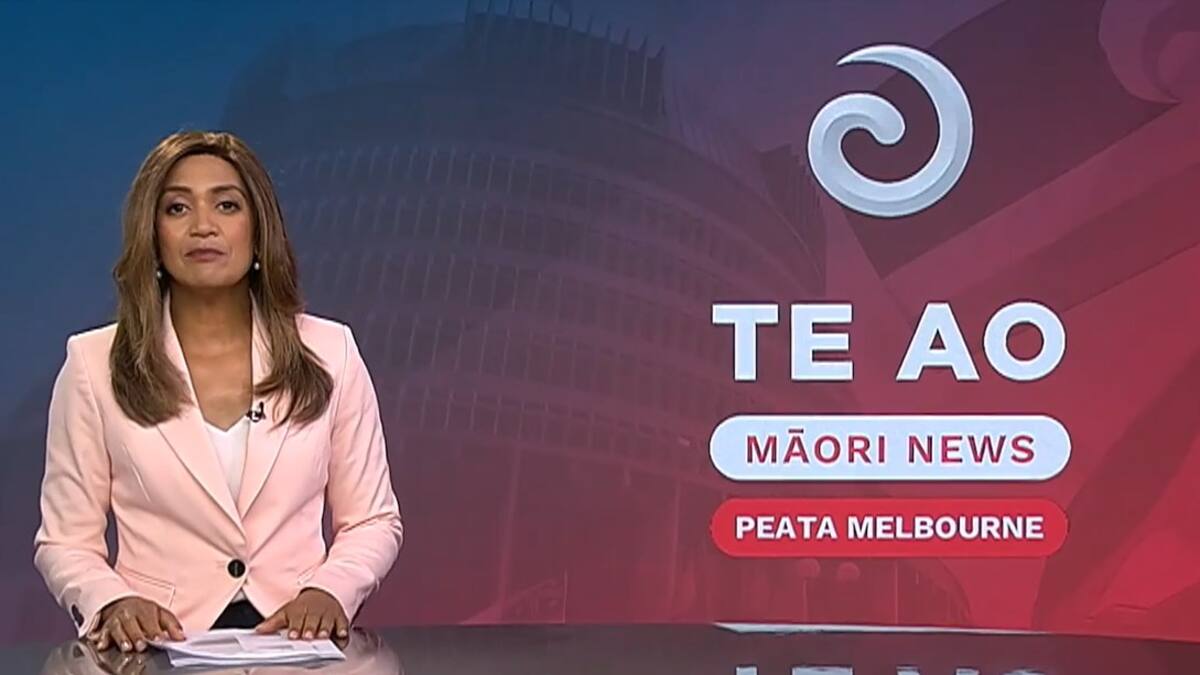“We extend our deepest gratitude to all kaihoe [staff] who have contributed to this journey. To those who are leaving, your mahi has been invaluable in shaping Whakaata Māori and its kaupapa. To those staying, your dedication will carry us forward as we navigate this new chapter together.
“As we look ahead, our commitment remains firmly with our audiences and communities. Guided by our kaupapa we will continue to deliver meaningful and impactful content, celebrating te reo Māori and tikanga Māori in ways that resonate deeply with those we serve.”
The cuts come after the broadcaster found it would have large financial shortfalls in the coming years and concluded it needed to cut its costs – that was despite its efforts to convince successive governments to increase funding.
Whakaata Māori has not had an inflation adjustment since 2008, when Parekura Horomia was the minister of Māori Development, which oversees Māori broadcasting.
Had those inflation adjustments been made, it’s understood the Crown-funded broadcaster’s budget would be 67% higher this year.
Māori Development Minister Tama Potaka blamed his predecessor Willie Jackson for Whakaata Māori’s precarious financial predicament.
“The funding for Whakaata Māori it’s well-known; some of that funding is time-limited, and it was set up that way by the previous government,” Potaka said in July.
Te Ao Māori News’ 4.30pm show will end next Friday, December 13. Te Ao with Moana will be the last news/current affairs show on the channel next year.
The reductions aim to cut costs by over $10 million by 2027.
Many proposals were considered across the company in late September, with final decisions made in November. Some appointments to new roles in the newsroom have not yet been made.
In a statement sent to Te Ao Māori News, Taurima said the core principles driving the realignment were:
- digital enablement: expanding reach and accessibility through modern platforms;
- flexible operating models: adapting to the dynamic needs of the media landscape;
- audience engagement: deepening connections with diverse audiences;
- resource optimisation: directing efforts to areas of greatest impact;
- career development: nurturing and growing talent across the organisation;
- outcome-driven content: delivering storytelling that is meaningful and impactful; and
- partnership cultivation: strengthening collaborations to support te reo me ngā tikanga Māori.






